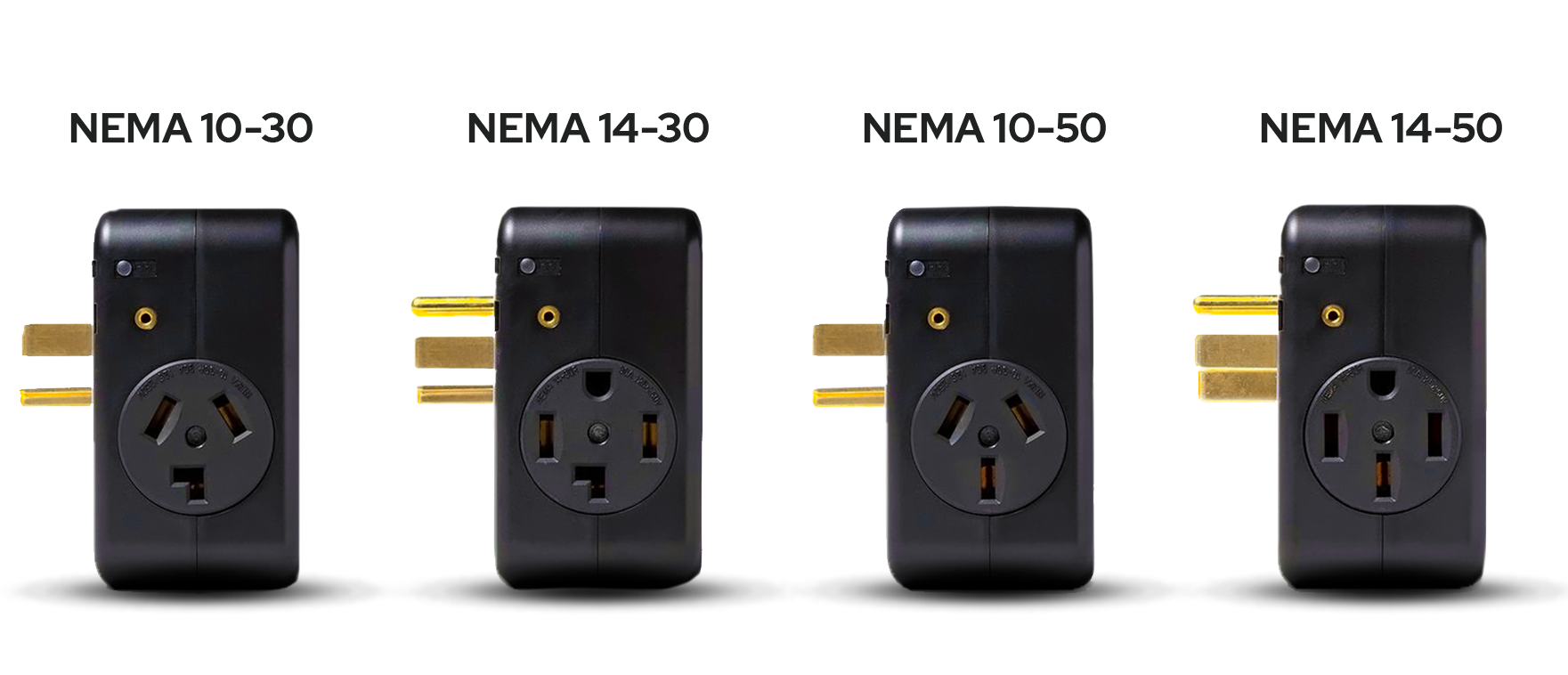
Back at the dawn of time, when I was a child and dinosaurs still roamed the Earth, my family home had a fuse box in the basement with four 15 amp circuits. If a fuse blew and there were no spares available, my old Irish grandfather would use a penny as a temporary replacement until someone could run to the hardware store to buy more fuses. Our 60 amp electrical service was considered to be a big step up from what some of our neighbors had — a fuse box with four 10 amp circuits.
Things have changed a bit since then. Today a new home usually comes with a 200 amp electrical service, and some even feature 400 amp service. We use a lot more electricity now than we did then. Air conditioners, dehumidifiers, electric water heaters, and pools are common in most US homes. Now we are adding electric cars, heat pumps, solar panels, and residential storage batteries as well.
The mantra from those like Project Drawdown, Mark Z. Jacobson, and Tony Seba is “Electrify Everything.” Why? Because things that run on electricity are more efficient than things that burn oil or methane gas. Keeping the Earth from becoming a boiling cauldron will require us to use resources more efficiently. We simply can no longer afford to allow most of the energy we create from burning stuff to be wasted. We used to think nothing humans did could have a meaningful impact on the Earth. Now we know better. (Well, some of us do.)
The Ins & Outs Of Electrical Service Upgrades
Roughly 40 million homes in America have 100 amp electrical service. That was considered quite something during the Carter administration, but it is barely adequate for the demands of an all-electric home today, particularly as we gravitate toward new technologies that allow electric vehicles to interface with the utility grid. While many families might wish to be part of the clean energy revolution, they first will need to upgrade their electrical service.
Such upgrades are not the type of weekend project homeowners can do themselves. They require the services of a professional electrician. It’s more than slipping out your old circuit breaker panel and sliding in a new one. The entry cable that connects your electrical meter to the nearest utility pole will need to be upgraded first. That requires coordination between you, your utility company, and your local building inspection department.
Believe it or not, building codes get updated regularly. No one can come into your home and force you to upgrade your electrical service, but once the process starts, everything between the pole and your new breaker panel will need to be brought up to code.
Electricians do not work for free. New electrical panels are also not free. All of which means that electrical service upgrade you want to make because you bought an electric car, installed solar panels on your roof, purchased a residential storage battery, or are replacing your furnace with heat pumps is going to cost some money. $5,000 to $10,000 is routine these days. If you can get it done for less, you are way ahead of the game.
Investment Vs Expense
A lot of us are cheap. We want to minimize how much we spend to maintain our homes so we have money for fun stuff. But money spent to upgrade your electrical service is not an expense, it is an investment. By allowing you to use more efficient equipment to heat and cool your home, you will save money on your monthly utility bill every month for as long as you own your home. A modern electrical service also makes your home more attractive to potential buyers in the future.
Today, several companies are offering so-called “smart panels” that have advanced circuit breakers with internet-of-things capability. To turn a traditional breaker on or off, someone has to go into the basement and physically operate it. Smart breakers can be programmed remotely to limit the amount of electricity supplied to each individual circuit. Utility companies are increasingly using demand response techniques to manage peak loads.
If you have a smart panel, your local utility may offer you discounts if you allow it to manage your electricity usage during periods of high demand. You also gain the ability to turn circuits on and off remotely via an app on your smartphone. Those panels cost around $5000 and they obviously aren’t for everyone. But if you are doing an electrical service upgrade anyway, you might consider installing one now. They will be much in demand in the future and your home will be more valuable as a result.

Image courtesy: NeoCharge
There are some things you can do to avoid the cost of an electric service upgrade. Canary Media suggests using a circuit sharing plug like NeoCharge that allows you to plug in an EV charger and an dryer to the same circuit. Only one can be in use at the same time and you get to control which has priority. Induction cooktops need far less electricity to cook food than a conventional electric stove. Upgrading our home’s insulation and sealing leaks can reduce the demand for heating and cooling. Heat pumps are more efficient than window air conditioners.
Rebates & Tax Incentives
There are rebates and incentives available for electrical service upgrades, but they are a patchwork of federal, state, local, and utility programs. Many utility companies have rebate programs which are offered on the basis that homes that upgrade will use more electricity. Some also promote demand response programs that utilize internet-connected smart panels and other devices, because it is cheaper to reduce energy consumption as needed than to build new generating stations.
Two good resources for information about available rebates and incentives are Rewiring America and the U.S. Department of Energy. There is a $600 federal tax credit for electrical service upgrades that include a new entry panel. Lower income families can qualify for a rebate of up to $4,000.

The Takeaway
The good news is that the “Electrify Everything” movement is the key to reducing reliance on fossil fuels. The bad news is that participating in it may require some investment by individuals in order to unlock the rewards. Nobody wants to spend money they don’t have to. Nobody wants to put on a new roof or replace their windows. But time marches on. Things degrade and new technologies become available.
At some point, those 40 million homes in America with 100 amp electrical service or less are going to need to be upgraded. There is money available to help pay for those upgrades, but homeowners will need to shoulder much of the financial burden. The payoff is a home that does more with less electricity, and that will be worth more in the future. We have come a long way from the days when a 60 amp electrical service was considered more than adequate.
I don’t like paywalls. You don’t like paywalls. Who likes paywalls? Here at CleanTechnica, we implemented a limited paywall for a while, but it always felt wrong — and it was always tough to decide what we should put behind there. In theory, your most exclusive and best content goes behind a paywall. But then fewer people read it! We just don’t like paywalls, and so we’ve decided to ditch ours. Unfortunately, the media business is still a tough, cut-throat business with tiny margins. It’s a never-ending Olympic challenge to stay above water or even perhaps — gasp — grow. So …




